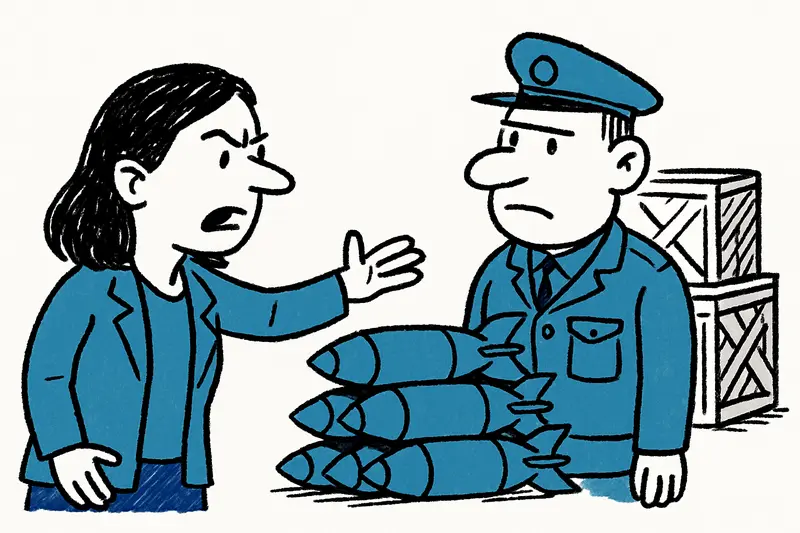On the edge of Playa de Palma, stray cats are causing increasing trouble: residents report colonies, feeding from Palma, and concerns about hygiene and traffic.
More and more cats, more and more problems at Ballermann
In the early morning, when the beach bars still put up their chairs and the cleaners grab their first coffee, you can already see them: groups of cats roaming between the dunes and the vacant plots. Residents at Playa de Palma say there are clearly more of them — and that at a pace that is surprising.
Who feeds — and why that becomes the problem
The situation is complicated. Some people from the center of Palma drive out specifically to bring scraps of food to the animals; others, living in temporary accommodations in Can Pastilla or Las Maravillas, set up small feeding stations. This is understandable — nobody likes hungry animals — but such stations attract more cats and lead to permanent colonies.
Result: more poop on paths, more nightly squabbles over the best feeding spots and, occasionally, traffic accidents when suddenly an animal darts across the street. Particularly affected are properties between residential blocks and the highway toward Llucmajor; there, dozens of cats crowd according to residents.
What the neighborhoods are demanding
Local residents want no drastic measures, they say, but control and responsibility. The demand is: The city should act before a visible problem becomes something that is hardly controllable. Neighborhood groups have compiled lists, collect photos and report hotspots — partly because hygiene suffers, partly because of noise disturbances in the early morning hours.
Important for many is the humane approach. Instead of quick fixes, residents want a long-term strategy that traps, neuters and returns the cats (TNR), accompanied by educational campaigns against unregulated feeding.
Which approaches are realistic
Animal welfare associations on the island could organize campaigns; mobile neutering actions are technically possible and have helped elsewhere. At the same time, clear rules are needed: Whoever runs feeding stations should take responsibility — regular cleaning, disposal and reporting to authorities. Some also suggest setting up targeted feeding areas with water and shelter that are controllable.
The majority of residents I have met sound tired: they don't want confrontation with animal lovers, but also not want a lasting burden on their doorstep. The hope now lies with the city administration and better coordination with animal welfare groups — so that the cats become, not a nuisance, but a manageable task.
Solutions on Mallorca's streets and properties are best found when all sides pitch in — and not just by placing bowls of food.
Similar News

Complaint from Palma: Marga Prohens Demands Clarification about Ammunition Depot at Son Sant Joan Airport
The Balearic regional president is upset: A planned depot for bombs and missiles near Son Sant Joan has apparently been ...

Mallorca Seen Anew: Photo Book 'The Magic of the Undiscovered' Shows the Island From a Different Perspective
A new photo book gathers unusual urban, coastal, and rural shots of Mallorca—with an original choice of cover.

New Christmas Fair in Palma Sparks Tensions
A privately organized Christmas fair in Palma is angering long-standing market traders — they fear losses in sales and a...

New A350 "Lausanne" Makes Palma First Flight — Swiss Launches Short-Haul Routes
On Saturday, a Swiss Airbus A350 landed in Palma for the first time. In the coming weeks, the aircraft will be routinely...

Drunk Bus Driver Stopped on Mallorca – Wedding Guests Aboard
During a traffic check near Petra, a 53-year-old bus driver was stopped. His blood alcohol level was well above the allo...
More to explore
Discover more interesting content

Experience Mallorca's Best Beaches and Coves with SUP and Snorkeling

Spanish Cooking Workshop in Mallorca
